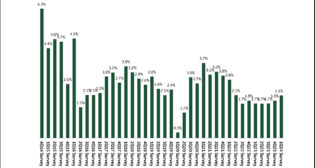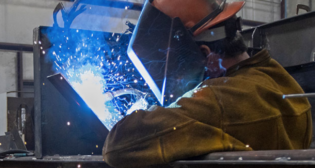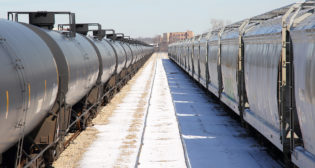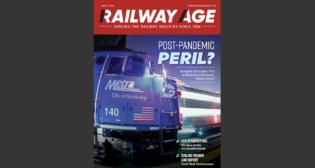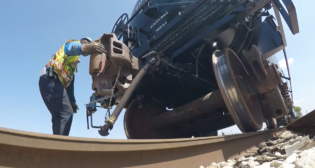
EPA: Next two years will be “difficult”
Written by Nebraska Digital, administratorEconomic Planning Associates sees 2009 and 2010 as “difficult” years for the freight railcar industry, based on the economic and financial environments as well as EPA’s analyses of customer market activities.
“It now appears that carbuilders will survive primarily on backlogs this year,” EPA said. “2010 will also be weak in terms of assemblies, but improvements in new orders throughout the year will lead to a pickup in future railcar deliveries.”
EPA noted that the recession caught up to carbuilders in the fourth quarter of 2008 as 4,259 cars were ordered, the lowest level since the first quarter of 2001. Add to that the cancellation of about 10,000 ethanol-related cars from backlogs. As a result of this, carbuilders are entering 2009 with backlogs of 31,921 cars, the lowest level since the first quarter of 2003. However, “in spite of the disappointing news of the fourth quarter, carbuilders registered assemblies of 59,954 rail cars and intermodal platforms last year, an impressive level from an historical perspective,” EPA said.
“Based on beginning-year backlogs and limited new demand, we expect railcar deliveries of 28,950 cars this year,” EPA said.” While orders will begin to pick up next year, extremely low backlogs will serve to keep assemblies at 26,000 units in 2010.”
EPA said 2010’s pickup in orders will lead to an upturn in deliveries beginning in 2011 and extending through 2014: “Beginning in 2011, far stronger economic activities will provide support for certain railcar assemblies while an improvement in the financial environment and higher gasoline prices rejuvenate demand for ethanol and DDG cars. Replacement pressures and technological advances as well as legislative measures will also play a role in promoting the demand for a variety of railcars. Replacement pressures will be mounting among the boxcar, mid-sized and small-cube covered hopper, and multilevel flat car fleets. At the same time, good growth in customer markets will propel demand for centerbeams, high-cube covered hoppers, tank cars, intermodal equipment, and coal cars. Under these circumstances, we look for assemblies to rise to 38,500 cars and platforms in 2011, followed by annual increases each year to the level of 58,000 units in 2014.”
Like many other analysts, EPA took note that in spite of the recession, the Class I’s posted strong profit improvements during the fourth quarter of 2008 and are looking to the future: “While fully cognizant of the current recession and difficult economic times ahead, the railroads continue to maintain high levels of capital outlays to improve existing services and to be prepared for the eventual revival in commodity haulings. There can be little doubt that the railroads are indeed ‘looking beyond the valley’ as the major deterioration in last year’s haulings continues into 2009.”
